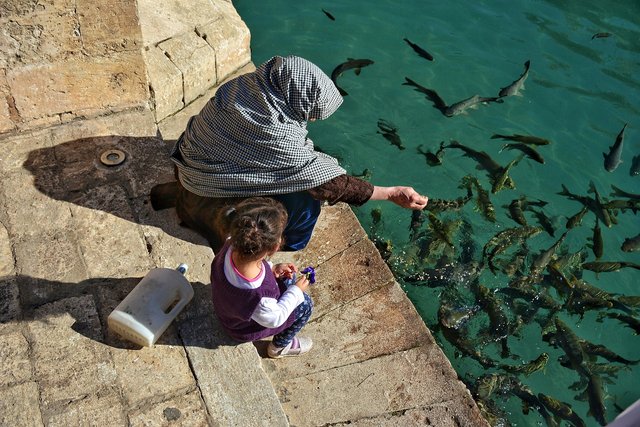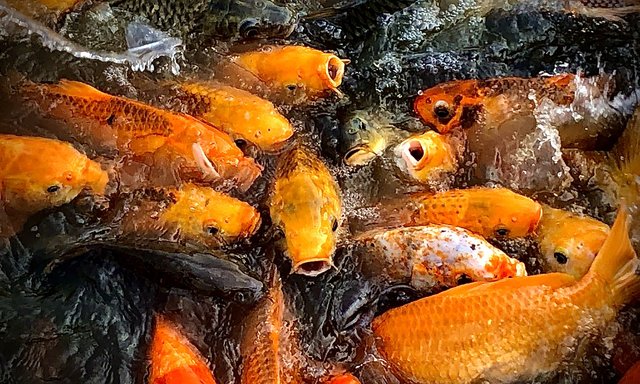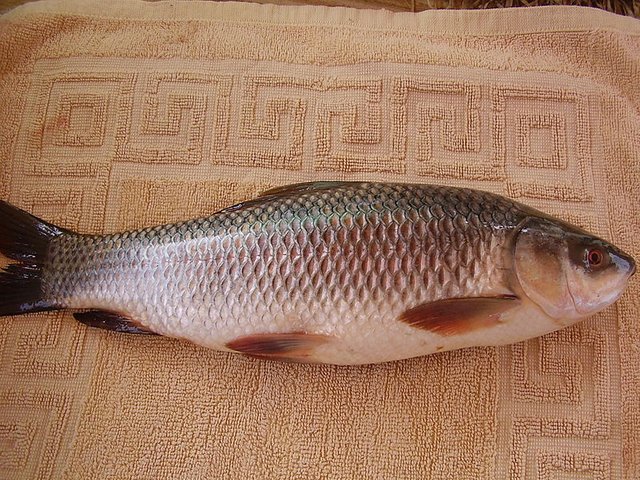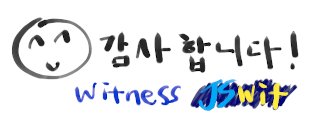Considerations for the supplementary feeding on fish production
The main consideration in the selection of ingredients for making fish food is to determine the availability, price and nutritional value of the ingredients. Based on these factors, in the case of semi-intensive or intensive fish farming, supplementary food should be provided along with natural food. In the case of supplementary feeding in ponds, the quantity or extent of feeding may vary depending on various factors. Therefore, if we focus on some issues and take them into our consideration, then the progress of your fish according to commercial or observance purposes will be under control.
| No. | Topics Under Consideration |
|---|---|
| 1 | Fish farming method |
| 2 | The nature and nutritional value of food |
| 3 | Water temperature |
| 4 | Food of farmed fish |
In the case of fish supplementary food, the following issues should be emphasized
Supplementary food acts as a supplement to the natural food, so before applying the supplementary food, it is necessary to check the condition of the natural food which is remaining in the pond water.
Water temperatures are likely to be higher from June to October months. Therefore, during this period, the tendency of taking food by a fish is high and the growth of fish is also fast. Therefore, about 80 per cent of the food is applied during this time of the year. The application of supplementary food in winter has to be reduced.
In normal weather you have to give more food. It is better to reduce feeding on cloudy days or during heavy rains.
If the water in the pond is clear, it should be understood that there is a lack of food in the pond and then the amount of food application should be increased.
The amount of food application should be determined depending on the production target of the fish. If the production target of a fish farm in a particular place is multiplied by the rate of change of diet, the total amount of annual food is obtained. If the fish production target per bigha is 1000 kg and the rate of the change of food is just two in quantity, then the annual feed requirement for fish farming in the pond will be 1000 x 2 = 2000 kg. However, in that case, fish stocks, density, species composition, pond stocks fish density, species composition, amount of natural food present in the pond water and water temperature should be normal. in this circumstances, the formula is -Rate of change in the diet of fish = amount of food consumed/increased weight of fish
That is, the rate of change in fish diet = amount of food applied / (Total weight of fish produced - Total weight of stocked fish seed)Fish food should be made in the form of round lumps or pellets.
You have to choose a certain period and you have to give food in the same place in the pond. It is usually better to give food at 10 a.m. However, according to the type of cultivation, it is better to apply food between 9-10 am. At this time the water has the necessary oxygen reserves. It's not right to give food at night.
Food should not be sprinkled directly in the deep water. Food should be sprinkled where there is a depth of one meter in the pond. If the pond is deeper, it is better to feed in a sinking tray at a depth of one meter.
It is better to divide the daily food several times without giving it together.
The same amount of food has to be given every day. This is because a sudden change in the amount of food can interfere with digestion. As a result, the growth of fish may be hampered.
Pona fish weighing from 0.25 grams needs ten per cent food according to its body weight. However, in the case of Rui fish, the amount of dry food will be four per cent of its body weight and the amount of wet food will be 7-10 per cent of the bodyweight of the fish. With increasing body weight and shape, the demand for food per unit weight of fish decreases. Supplementary foods help to nourish the fish as well as produce natural food, which in turn increases the productivity of the body of water. The maximum utilization of the reservoir is ensured through the application of supplementary food and there is a possibility of higher production of fish.
Table of Rules for application of food for brood fish or mixed farming and production of Rui fish
| Type of Cultivation | Nature of food and application level (according to the bodyweight) |
|---|---|
| Brood fish farming | Pellet feed 1.5-3%, edible feed 3-6% |
| Mixed farming | Pellet feed 2-4%, edible feed 8-9% |
| Type of cultivation | Time of application of food |
|---|---|
| In the case of brood fish farming | 1 time, 9.00 am |
| In case of mixed farming | 1-2 times. 9 am to 5 pm |
Fish food is the consumption of living or inanimate objects which compensates and enhances the body of the fish. Food is a very important element for the life, growth and reproduction of fish.
| Reference - Fish Biology, Aquaculture Nutrition and Population Dynamics |
|---|



Upvoted! Thank you for supporting witness @jswit.
